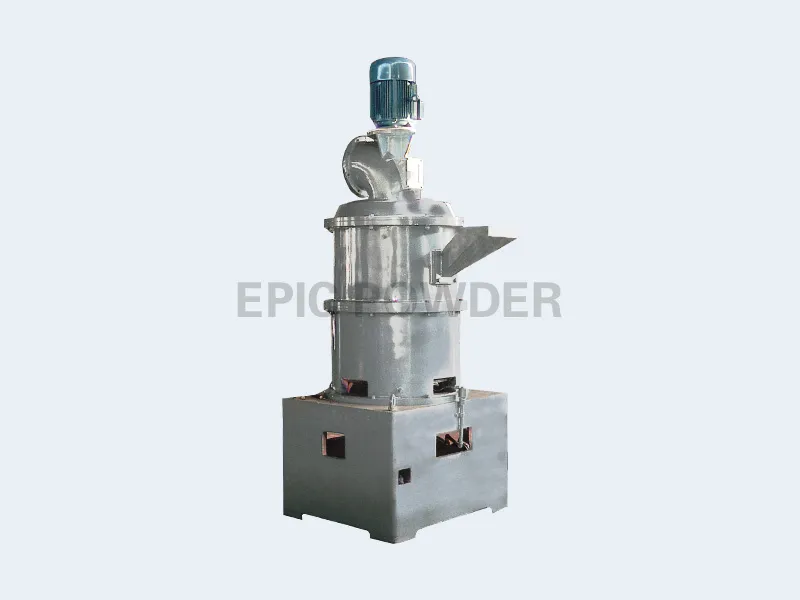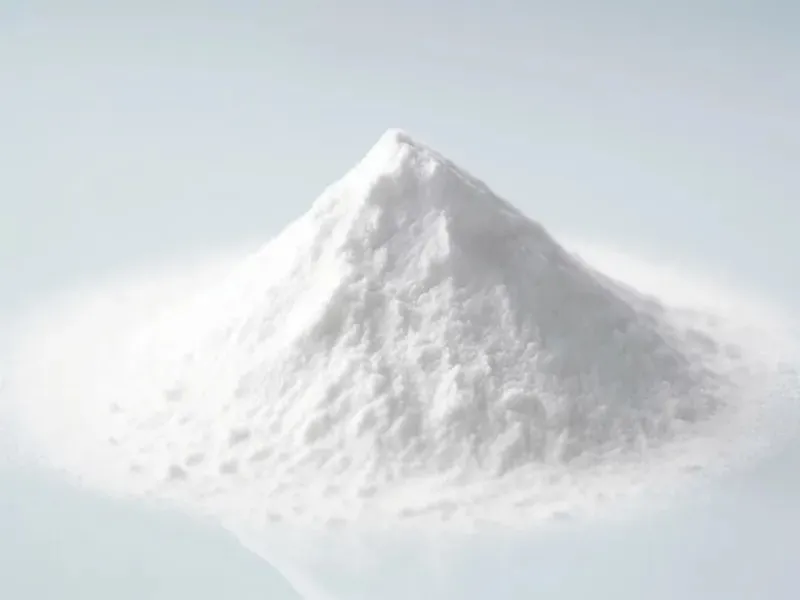GCC grinding equipment, each with its own specialized focus, can be utilized in its best possible field.
Table roller mill, vertical hydraulic roller mill. A ring roller mill is a type of ring roller mill. They are all roller mill types.
From the grinding mechanism:
The vertical mill adopts a modular solution, combining the grinding section and grading. A hydraulic device is added to dynamically adjust the grinding force to increase output based on larger rolling rollers. The powder is classified by multiple heads to separate the fine powder and refine it. Grinding aids can also be added to enhance powdering efficiency and even achieve integrated grinding and activation. This is an independent and professional model in which grinding and grading are both independent operations. The potential is huge in theory. Updating is relatively simple.

The Ring Roller Mill features multiple layers of parallel, relatively independent planetary grinding rollers in a sleeve that rotates around an axis. Each roller can move within a narrow range. Through the passive motion of the grinding roller, powder is ground and the flexible pressure is dynamically adjusted to a larger extent through a larger dynamic range. . This is a long-process mode with strong matching, and upgrading the product is estimated to be relatively complex.
Effectiveness in use
In the early days, ring roller mills were highly praised due to their narrow particle size range, fine powder, and low investment. Vertical mills could only produce medium particle size products or products with special requirements.
It seems that the ring roller mill has the advantages of wide range, small investment and low energy consumption for preparing powder. It seems that it should be able to replace the vertical mill. However, the limitations of the equipment model limit its development space.
The advantages of the modular model have enabled the rapid development of vertical mills. As the performance of the classifier improves, the vertical mill has surpassed the ring roller mill in the original top-cut particle size index, and may even be better. This is the advantage of the combined mode equipment. It is a breakthrough in technological innovation in any field of grinding and classification, and the overall combination Performance is improved.
The ring roller mill has the advantage of having a smaller particle size range than before and lacks the power to improve.
personal opinion
From an application point of view, vertical mills have advantages in preparing fine powder. For example, the 2-micron content percentage index can be increased to a very high level, which has obvious advantages over ball mills in energy consumption per ton. The powder usage experience is also better.
Personally, I think the reason why vertical mill powder is stable is that the vertical mill uses grinding aids. Powder stability mainly comes from its fluidity or agglomeration, which is a dynamic physical quantity related to time or storage environment. Just keep this in mind. If you want to elaborate, it will be a long work and you will need to use a series of data to verify your personal opinions.
Why the vertical mill powder is white in color? Personally, I think it is mainly because of the grinding aid. The water in the grinding aid not only accelerates the uneven thermal stress on the surface of the mineral powder and promotes the rapid expansion of cracks, but also reduces the surface energy of the new powder. This is the main effect of the grinding aid. The grinding efficiency is high and the powder color is white. This color change may be caused by equipment or abrasive materials. If the ball mill equipment grinds excessively, the color of the powder will also become darker or black.
Although vertical mills seem to have great potential, the current graded energy consumption seems to be quite high.
Personally, I don’t think that powders actually require fine particle size products. On the contrary, these particle sizes consume the most energy to prepare and are also the most unstable.
Choose vertical mill? Or ring roller mill
If the powder is prepared, for example, D97 is 10 microns, and the 2 micron content is reduced from 35% to 20%, then the energy consumption for powder preparation will be greatly reduced. Or use a classifier to adjust coarse and fine flow? I even envision a modular design that completely separates grinding and classification, so that grinding is grinding, and classification is classification. The separation is more thorough and segmented according to narrow particle sizes.
So, who is most likely to achieve the goal of ring roller mill or vertical mill?
Although the editor’s diploma is in mechanical design and manufacturing, it is actually in polymer machinery, and I am mainly engaged in polymer processing, so the above opinions are just my own thoughts.
